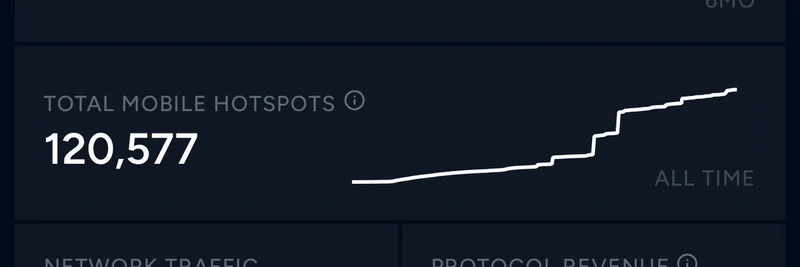Hey there, crypto enthusiasts! If you’ve been keeping an eye on the blockchain world, you’ve probably heard about Solana’s impressive speed and scalability. But what’s the secret sauce behind its Solana Virtual Machine (SVM)? A recent tweet by fikunmi_ap dives deep into one of Solana’s standout features: state access lists. Let’s break it down and explore why this could be a game-changer for blockchain tech!
What Are State Access Lists, Anyway?
Imagine you’re cooking a big meal and you know exactly which ingredients you’ll need ahead of time. You grab them all at once, saving you trips back and forth to the pantry. That’s kind of what state access lists do for Solana. They’re a clever way to tell the blockchain which data (or “state”) a transaction will need before it starts processing. This pre-planning helps the SVM run smoother and faster.
Solana’s OG team made some smart choices when building the blockchain, and state access lists are a big part of that. Unlike traditional blockchains like Ethereum, which use the Ethereum Virtual Machine (EVM) with a single-core approach, Solana’s SVM can use multiple cores thanks to this feature. It’s like upgrading from a single-lane highway to a multi-lane freeway!
How State Access Lists Boost Performance
So, why does this matter? The tweet highlights a key advantage: Solana can set a gas limit that matches the actual number of execution cores available. In simpler terms, it can handle more transactions at once without choking. EVM-based chains, on the other hand, are stuck with a gas limit tied to just one core, thanks to their optimistic concurrency model. This means Solana can process transactions in parallel, while EVM chains take a more step-by-step approach.
The tweet also points out that network bottlenecks often hide these inefficiencies. But as blockchain networks grow, Solana’s ability to scale execution—rather than just users—could set it apart. Think of it as Solana playing a high-speed video game on max settings while EVM chains are still loading on medium!
Comparing SVM to EVM: The Real Deal
Let’s talk about the elephant in the room: how does this stack up against Ethereum’s EVM? The EVM is great for flexibility, especially with its wide adoption and compatibility. But it’s sequential, meaning it handles one thing at a time. Solana’s SVM, with state access lists, can juggle multiple tasks simultaneously. This parallel processing is powered by Solana’s Sealevel engine, which optimizes how smart contracts run.
That said, it’s not all sunshine and rainbows. As one reply to the tweet notes, SVM shines with predictable state access but can struggle with dynamic patterns or randomness. EVM’s flexibility might still have an edge in those tricky scenarios. Still, for high-throughput needs—like meme token trading or DeFi apps—Solana’s approach looks pretty promising.
Why This Matters for Meme Tokens and Beyond
At Meme Insider, we’re all about keeping you in the loop on meme tokens and blockchain trends. Solana’s performance edge could be a big deal for meme coin projects, which often need fast, cheap transactions to keep the hype alive. Imagine a $BORK or $CRAPPY token launch with lightning-fast swaps—state access lists could make that a reality!
Plus, as the tweet suggests, this tech might inspire other chains to adopt similar strategies. Could we see a wave of SVM-style execution in the future? Only time will tell, but it’s an exciting thought for blockchain practitioners looking to push the limits.
Wrapping Up
Solana’s state access lists are a hidden gem that give the SVM a serious performance boost over EVM chains. By enabling parallel processing and tying gas limits to real compute power, Solana is paving the way for a more efficient blockchain future. Whether you’re a developer, trader, or just a meme token fan, this tech is worth watching.
Got thoughts on this? Drop them in the comments or hit us up on Twitter! And if you’re curious about more blockchain breakthroughs, stick with Meme Insider for the latest scoops.



